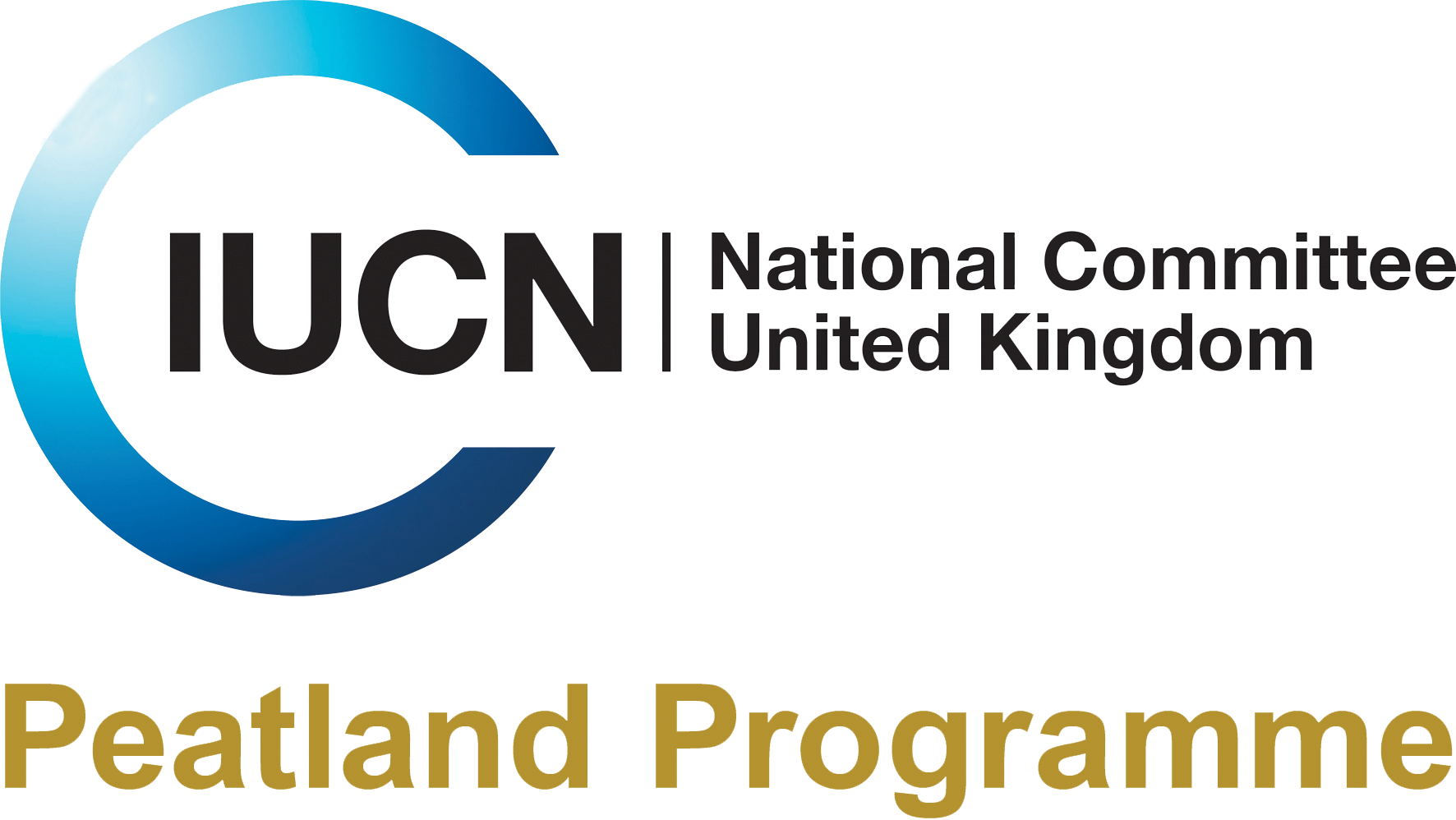Search
Search
Global Peatlands Initiative project: State of the Worlds Peatlands
Global Peatlands Initiative (GPI) launches its Global Peatlands Assessment - The State of the World’s Peatlands - at the United Nations Framework Convention on Climate Change (COP27) taking place…
Peatlands and the climate emergency
2019 has seen all four devolved governments across the UK declare a climate emergency.
Protecting peatlands
Threats to peatlands
Cairngorms Peatlands flying high
Restoration management is underway again in the Cairngorms National Park supported by Peatland ACTION after the delays due to the global pandemic.
New guidance for wetter farming on peatlands
The IUCN UK Peatland Programme’s latest briefing, ‘Principles for Sustainable Peatland Paludiculture’, sets out to ensure the multiple benefits of peatlands are realised when managing different…
Working together for the future of Welsh peatlands
A major programme of works is underway this season to restore peatlands across Wales. Find out what landowners, community groups, schools and volunteers have been up to to deliver positive action…
The vulnerability of archaeological remains in peatlands
The abundance of organic archaeological artefacts and paleoenvironmental evidence found in waterlogged environments exists largely because the lack of oxygen (caused by waterlogging) severely…
Building a lasting legacy for our peatlands
Opinion piece from Clifton Bain (former IUCN UK PP Director) on building a lasting legacy for our peatlands.
'The Peatlands of Britain and Ireland' by Clifton Bain
The IUCN UK Peatland Programme's Clifton Bain completes his trilogy with this look at the Peatlands of Britain and Ireland.
New briefing addresses the peatlands and methane debate
The IUCN UK Peatland Programme has launched a new briefing “Peatlands and Methane” that summarises the science around methane emissions from peatlands, and calls for urgent action to rewet drained…
